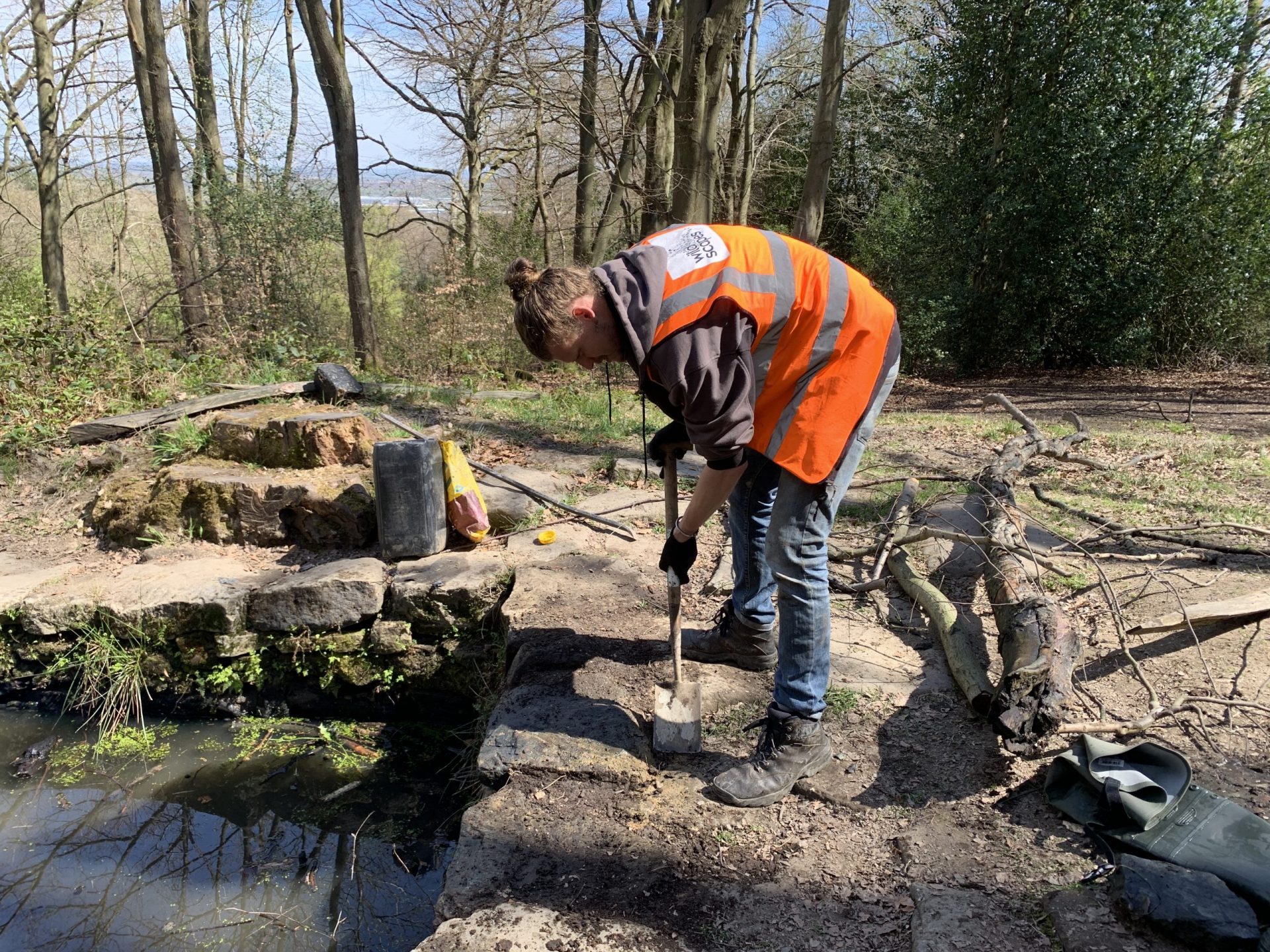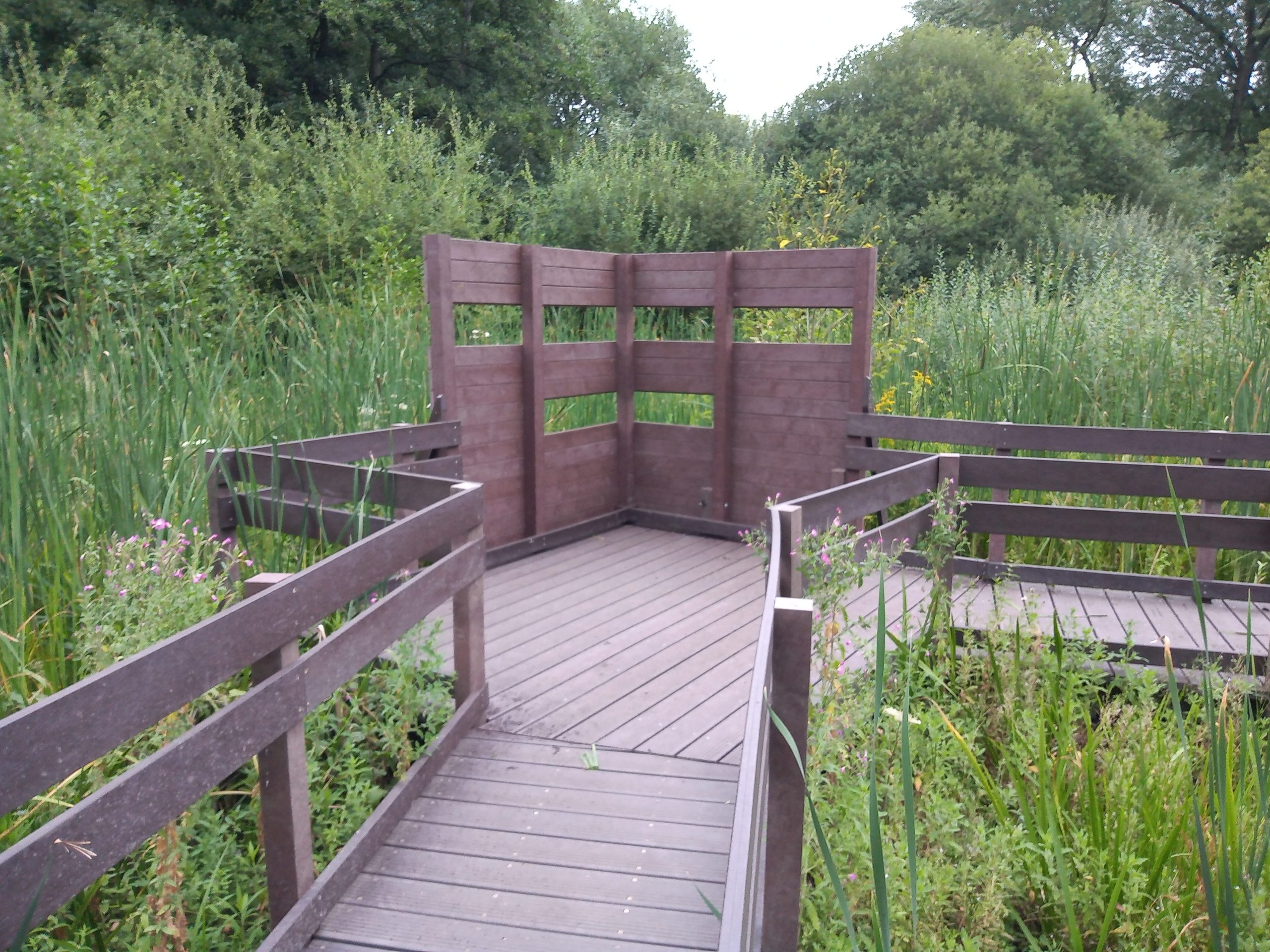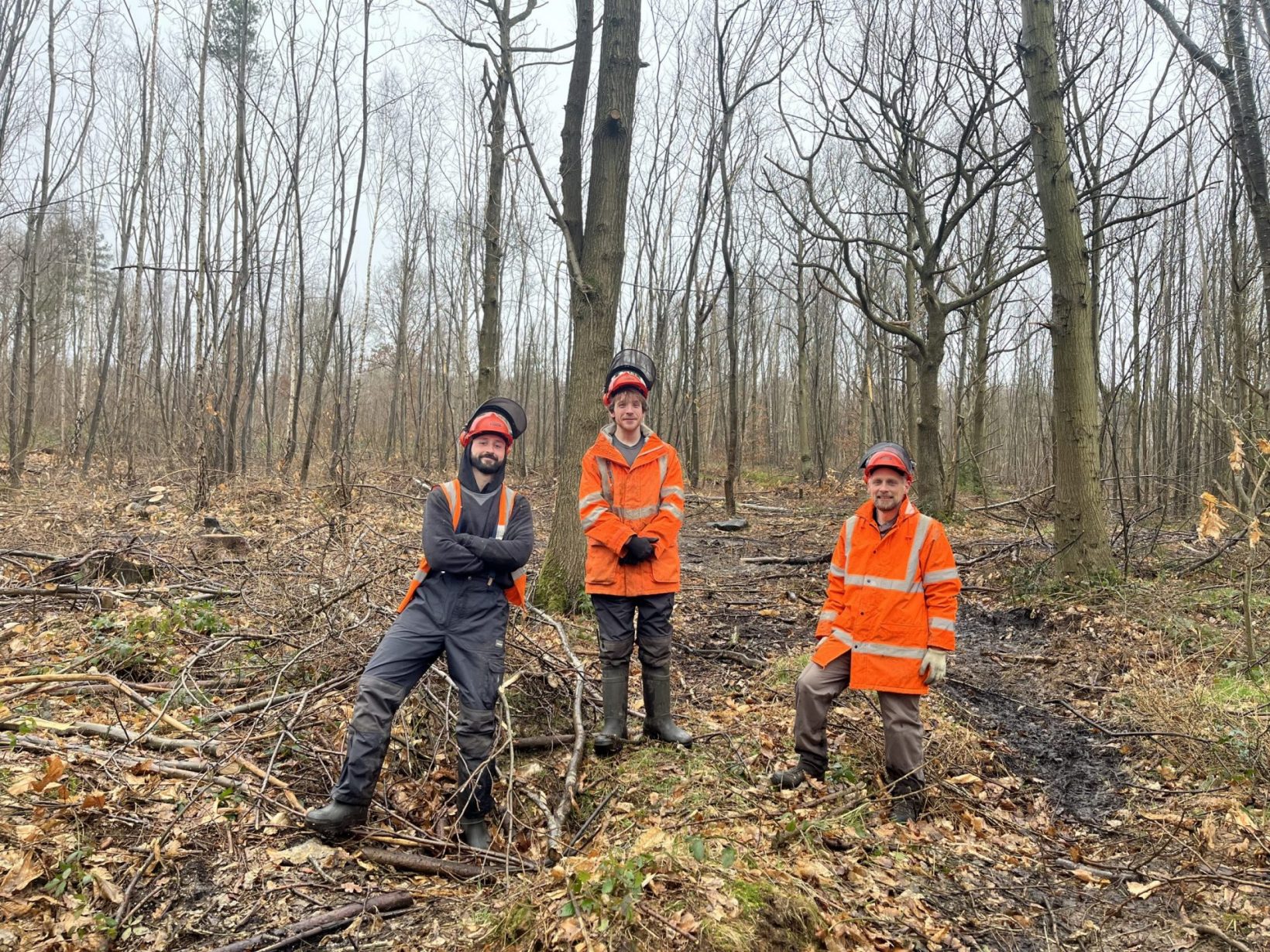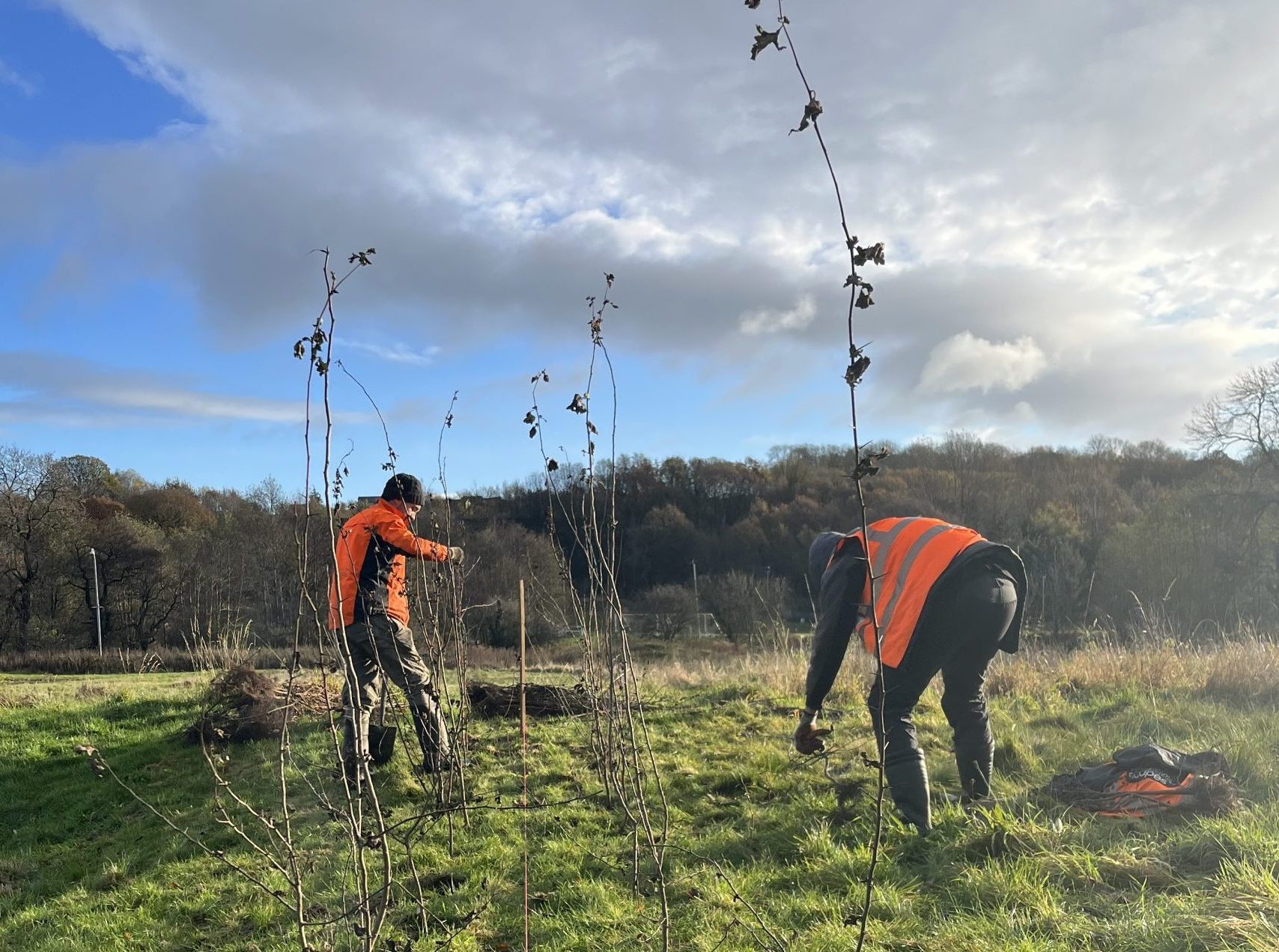Grounds Maintenance & Site Management
Whether it’s a one off project or an ongoing requirement, Wildscapes CIC cater for a range of grounds maintenance and site management needs. Skilled in working in a multitude of environments from development sites to agricultural land, our team deliver projects with a detailed sensitivity to habitats and conservation.




